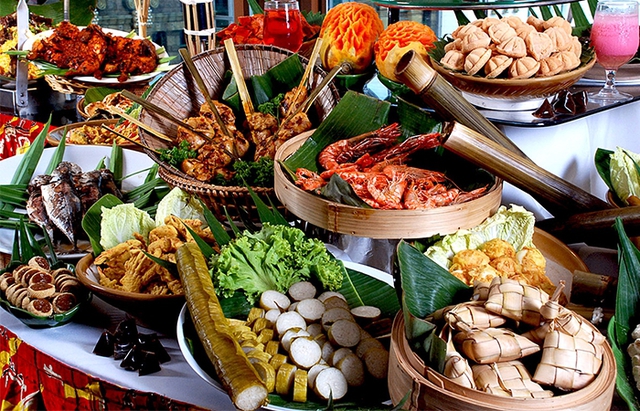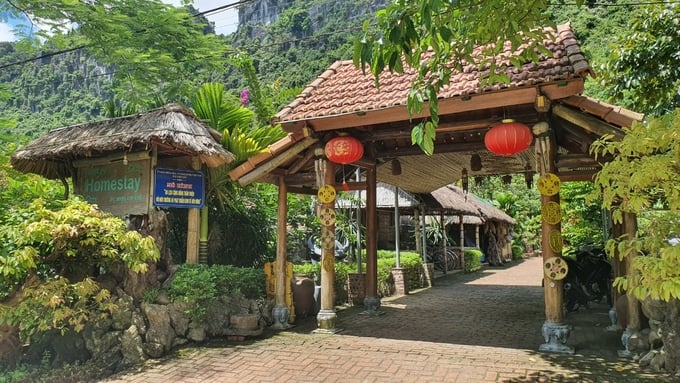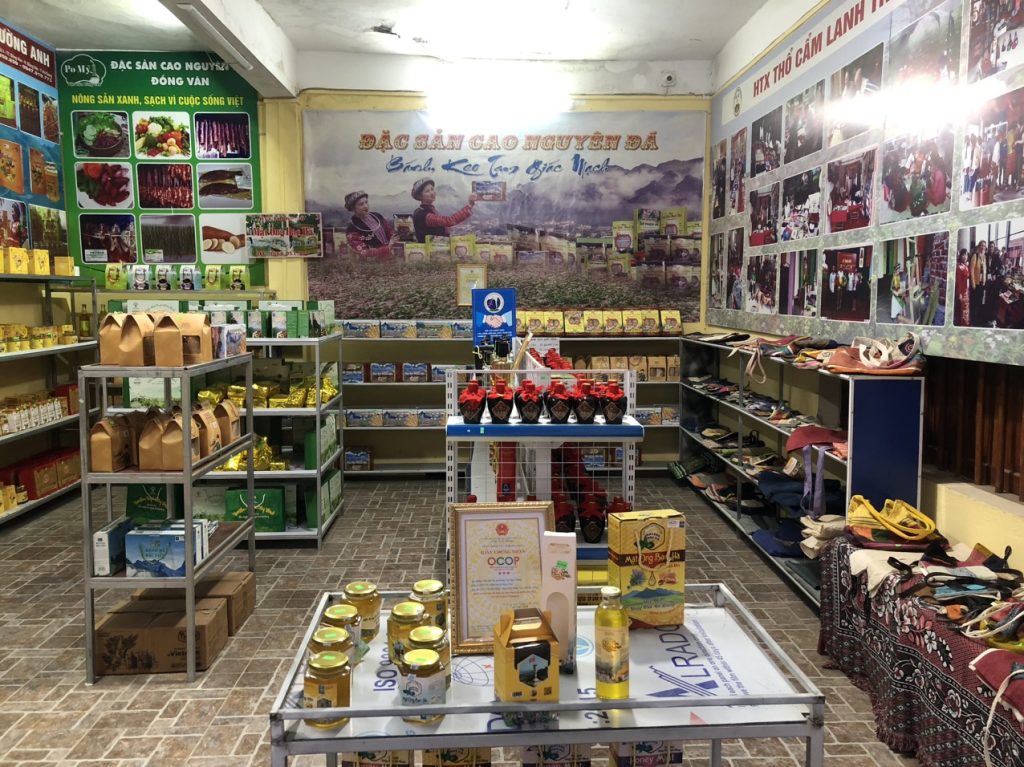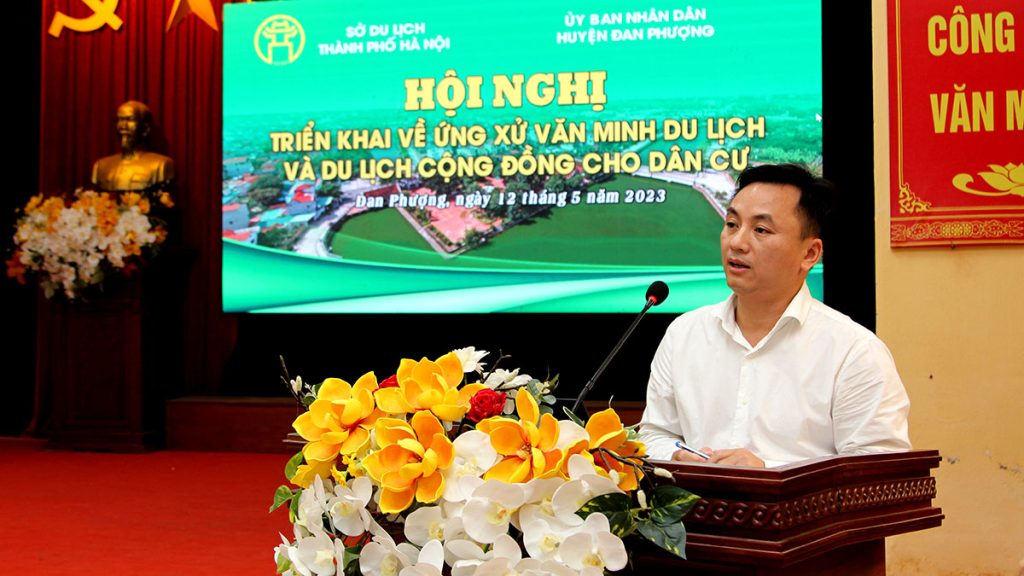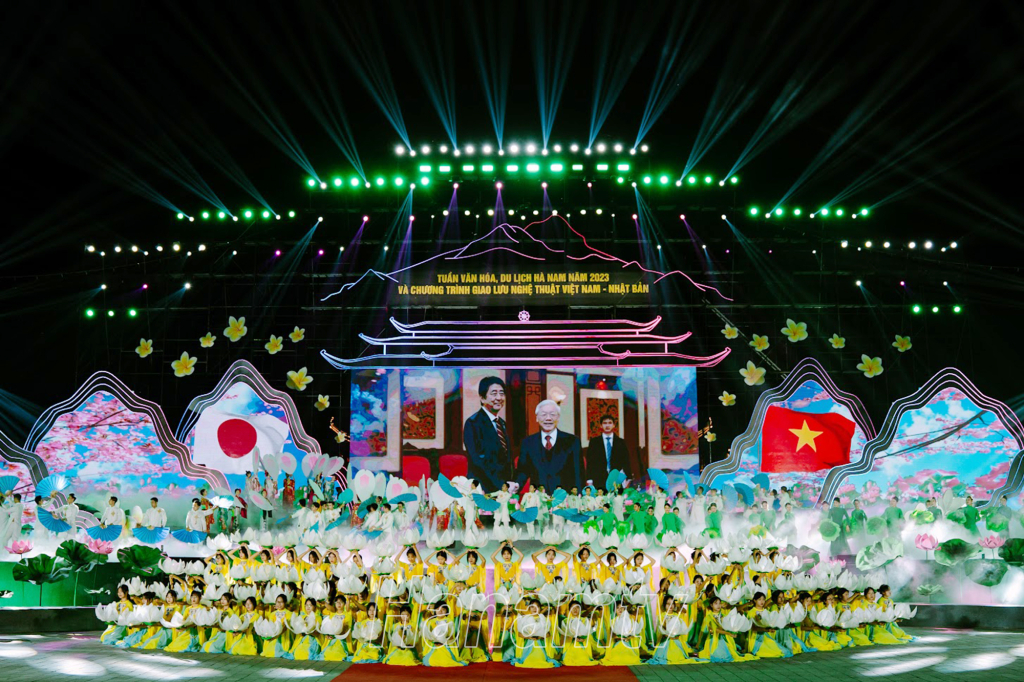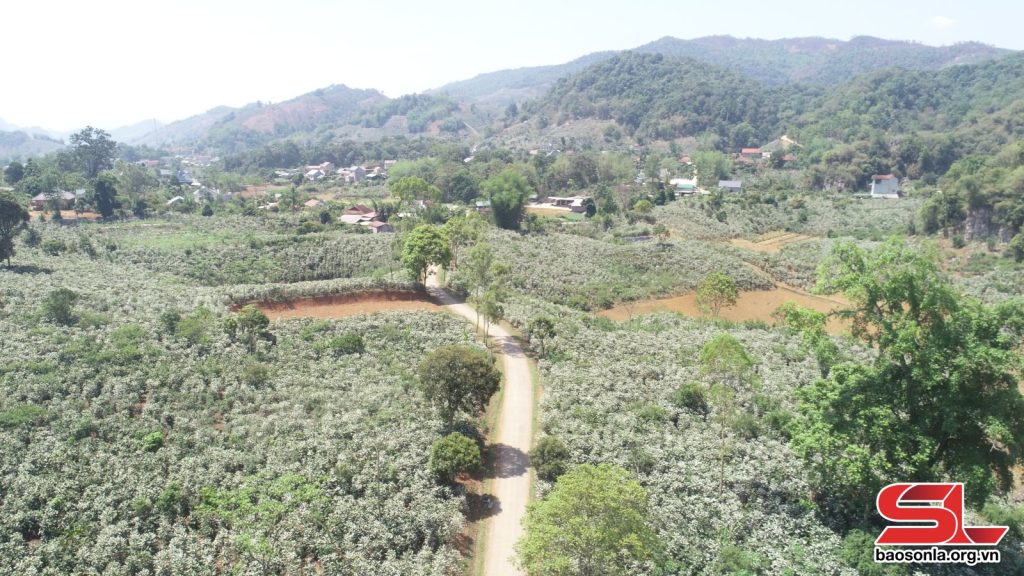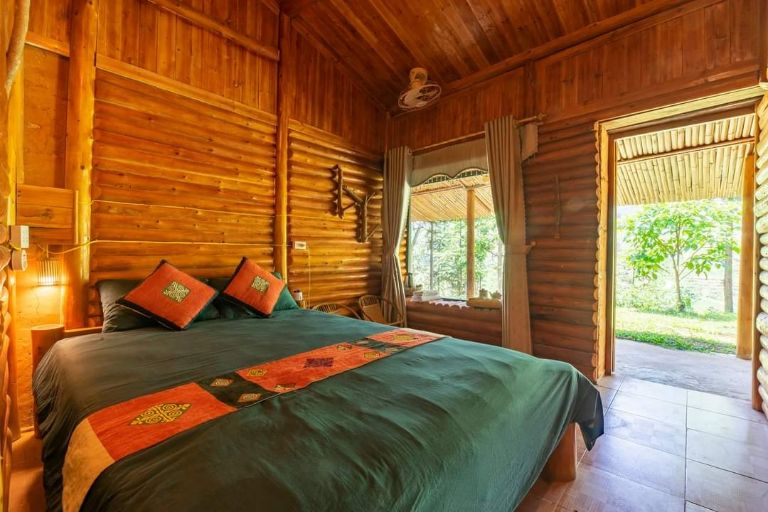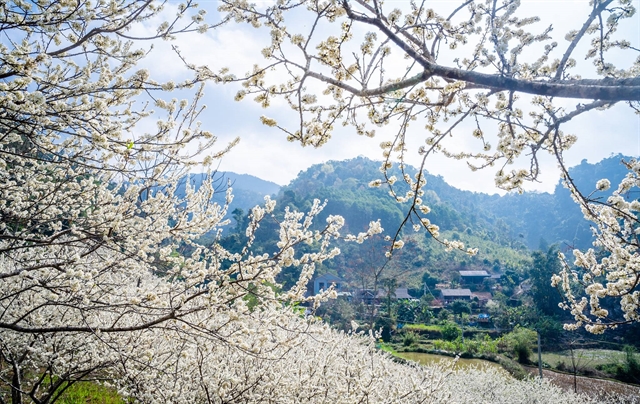 |
| The beauty of forests of plum trees in blossom in Bắc Kạn Province entices visitors every spring. VNS Photo |
Aiming to develop numerous high-quality, diverse and unique products to attract domestic and international tourists, the province has been conducting a project promoting rural tourism linked with the construction of new rural areas for the 2021-25 period in two villages of Phiêng An and Chúa Lải.
The project envisions that by 2025, the two villages will be developed into community-based tourism destinations, attracting visitors to explore and directly engage in experiential activities related to agricultural production.
Visitors will have the opportunity to participate in farming activities, purchase high-quality specialties or savour authentic local dishes. The cultural and artistic heritage of the Dao and Tày ethnic groups will be showcased, allowing tourists to immerse themselves in the vibrant cultural traditions of these communities.
According to the project, Bắc Kạn aims to attract more than 15,000 visitors annually, earning a revenue of about VNĐ9 million (US$390 million) that will steadily rise. Currently, the local authorities are actively implementing various initiatives to put the tourism model into effective operation and achieve the set objectives.
Located about 7km from the centre of Bắc Kạn City, Phiêng An Village in Quang Thuận Commune of Bạch Thông District is mainly inhabited by the Dao ethnics, accounting for nearly 90 per cent of its population, in addition to Tày, Nùng and Kinh peoples.
The village presents a picturesque image with nature, charming rivers, endless green tea hills and fruit-laden orchards.
Crossing a time-stained suspension bridge, visitors will walk along clean and beautiful roads lined by lush green tea plantations. The scene of simple, rustic houses creates a captivating atmosphere that enchants the hearts of visitors.
Taking a break, they can sit with Dao women who share stories about the process of making fragrant tea that leaves a tangy taste on the tip of the tongue. Enjoying a cup of tea in this tranquil setting can evoke indescribable feelings and sensations.
“This is my first experience with community-based tourism in Phiêng An, and I was pleasantly surprised to find such a beautiful place amidst the mountains, with harmonious and pristine natural landscapes, pleasant weather and a comfortable atmosphere,” said Nguyễn Thị Nga, a tourist from Hà Nội.
“The local people here, although new to community tourism, already demonstrate professionalism in their services. With proper investment and long-term planning, I believe Phiêng An has the potential to become a truly unique tourist destination,” she said.
 |
| The picturesque scenery of Phiêng An Village. VNS Photo |
Meanwhile, a distinctive attraction for tourists to Chúa Lải Village is 12 ancient stilt houses which showcase the unique culture of the Tày ethnic group. During festivals and traditional holidays, the villagers will dress in traditional costumes, sing folk songs and prepare local dishes, creating a vibrant cultural atmosphere.
Besides enjoying the tranquil fresh atmosphere, visitors will be introduced to traditional handicrafts, costumes of the Tày and local agricultural activities. They can directly participate in making a variety of traditional dishes like bánh chưng đen (black sticky rice cake) and bánh dày (sticky rice bun).
They can also join farming work like ploughing, harvesting, growing vegetables or fishing on Nà Đon and Tân Minh lakes, as well as weaving household bamboo wickerwork.
To better serve tourists, several cooperatives have been established in the village to support each other in agricultural production and tourism. Many households have renovated their houses to accommodate guests.
According to Nông Văn Bình, chairman of the People’s Committee of Quang Thuận Commune, Phiêng An villagers have received support from local authorities to boldly implement various agricultural models combined with rural tourism.
“This harmonious combination has contributed to increasing the value of farm produce and boosting income for the locals,” he said.
Besides these two villages, Bắc Kạn is also home to many other tourist attractions, particularly Ba Bể District, a key tourism area in the province.
Ba Bể Lake within Ba Bể National Park boasts a diverse ecosystem with multiple rare and precious animal and plant species, attracting both domestic and foreign tourists.
A number of agricultural production models combined with tourism have been launched, allowing visitors to explore and purchase local specialties like seedless persimmon in Quảng Khê Commune, tea in Chu Hương and Mỹ Phương communes, or pumpkin in Địa Linh and Yến Dương communes.
The combination also provides an opportunity to promote and create on-site outlets for local farm produce, as well as develop new, attractive and environmentally friendly tourism products. It has therefore been a proper direction for sustainable investment and development that Bắc Kạn has been focusing on.
According to the Department of Agriculture and Rural Development (DARD) of Bắc Kạn, the implementation of the “One Commune, One [Speciality] Product” (OCOP) programme is identified as a solution for agricultural development towards producing goods and creating competitive products in the market.
OCOP was approved by the government on May 7, 2018 with three targets, including: developing production and business forms; restructuring the economy to improve income and living standards; and industrialising and modernising the agriculture and rural sector.
This programme contributes to realising the “economic and production organisation” criteria in building new rural areas. It has been implemented in Bắc Kạn since the beginning of 2018.
The province has established the Steering Committee for National Target Programmes, with the Provincial Coordination Office for New Rural Development of Bắc Kạn as the agency responsible for advising and implementing various tasks.
These tasks include organising surveys of products according to the six groups of commodities under the OCOP programme to establish initial databases for project development, approving the project in different stages, and setting goals and solutions for comprehensive implementation throughout the province.
Guidelines have also been provided to encourage community-based ideas, with priority given to new products that showcase the advantages and specialties of each locality.
Training sessions are organised to enhance the capacity of individuals in developing business plans, helping them identify the advantages, challenges and opportunities when introducing their products on the market.
According to Dương Văn Hoàn, deputy head of the Provincial Coordination Office for New Rural Development, there are a total of 85 OCOP products participating in the programme in Bắc Kạn this year.
The province has developed plans to implement component projects, especially Project 2 that focuses on the development of key products in the field of medicinal plants.
Meanwhile, the DARD is advising on the development of precious medicinal plant areas in Ba Bể District, with the goal of establishing a medicinal herb growing area of 210 hectares by 2025.
According to Phạm Duy Hưng, vice chairman of the Provincial People’s Committee, Bắc Kạn is striving to develop Ba Bể Tourism Area into a National Tourism Area, and Nặm Cắt Lake Tourism Area into a provincial-level tourism area by 2025.
Each locality will have at least one recognised tourism site, and tourism will become a key economic sector of the province by 2030, he said.
Tố Như
VNS – vietnamnews.vn

